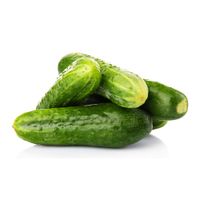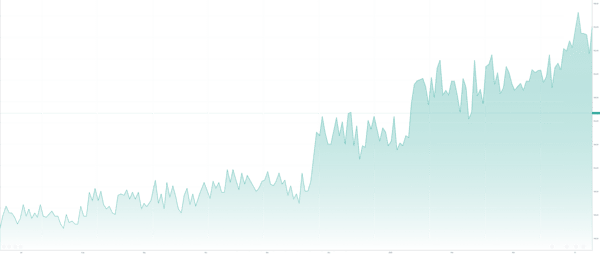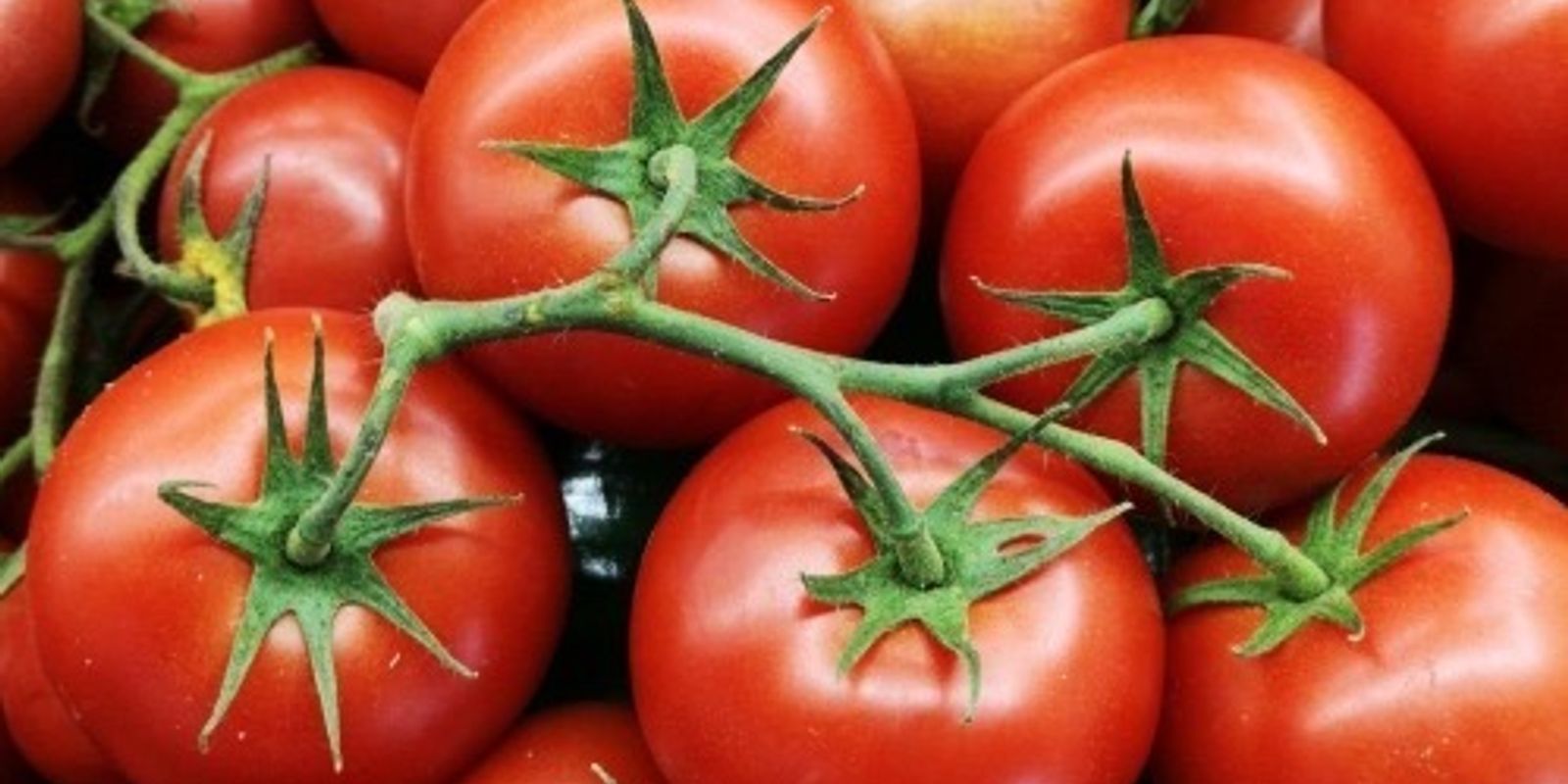Content for Fresh Cucumber
Take a look at our original insights that can help your agri-food supply chain business find opportunities for growth and make smarter business decisions.
News
Read the latest agricultural news of Fresh Cucumber, including updates on policy, business, technology, and more.
On-the-Ground Updates
Read the updates on the current situation of Fresh Cucumber.
Analysis
Read the current agricultural market trends and noteworthy events of Fresh Cucumber through Tridge’s analytical lens.
Opinion
Read the trending agricultural topics of Fresh Cucumber, delivered by Tridge’s best-in-class global market analysts.
Product Specific Guide
Read the general product guide for Fresh Cucumber.

Market Specific Guides
Read the market specific guides for Fresh Cucumber.









